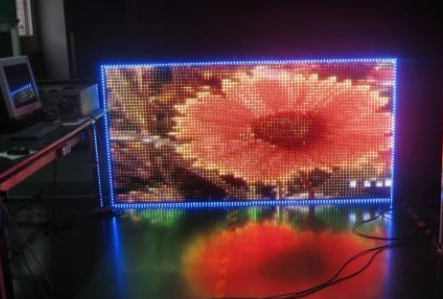With the active participation of everyone, more issues related to LED displays have emerged, and different opinions have been raised. In the early stages of a product, LED welding works properly, but after some time of operation, problems such as dimming, flickering, malfunctioning, or intermittent brightness can occur, which may cause significant damage to the product. In the previous section, we discussed the basic production process of LED billboards, and in this chapter, we will focus on how to prevent the aging of LED display products for your reference.

Aging is a crucial step in ensuring the reliability of electronic products and serves as the final essential stage in the manufacturing process. Through aging, LED products can enhance their performance and ensure stable operation during long-term use. LED aging testing plays a vital role in quality control, yet it is often overlooked and not conducted effectively. Proper aging is essential to identify potential weaknesses before the product reaches the market.
The LED aging test is based on the failure rate curve of a product, commonly known as the bathtub curve, with the goal of improving product reliability. However, this method isn't always necessary, as it involves sacrificing the life of individual LED products for the sake of quality assurance.
There are two main methods of LED aging: constant current aging and constant voltage aging. A constant current source ensures that the current remains consistent throughout the process. If there is a frequency issue, the current becomes AC or pulsating, which means it's not truly a constant current. While an AC or pulsating power supply can be designed to maintain a constant RMS value, it cannot be classified as a "constant current source."
Constant current aging is considered the most suitable method for LED products, as it aligns with their natural working characteristics and is the most scientifically sound aging technique. Overcurrent aging is another modern approach adopted by many manufacturers. This method uses a constant current source with adjustable frequency and current levels, allowing for a quick assessment of the LED's expected lifespan. It helps identify hidden defects that might go unnoticed through traditional aging methods, ultimately improving the overall quality and longevity of the product.
The through-wall terminals can be installed side by side on panels with thicknesses ranging from 1mm to 10mm, and can automatically compensate and adjust the thickness of the panel to form a terminal block with any number of poles. In addition, isolation plates can be used to increase air gaps and creepage distances.
Through-Wall Terminal,Through Wall Terminal Block,Through-Wall Terminal Extender,Through-The-Wall Terminal Block
Sichuan Xinlian electronic science and technology Company , https://www.sztmlch.com